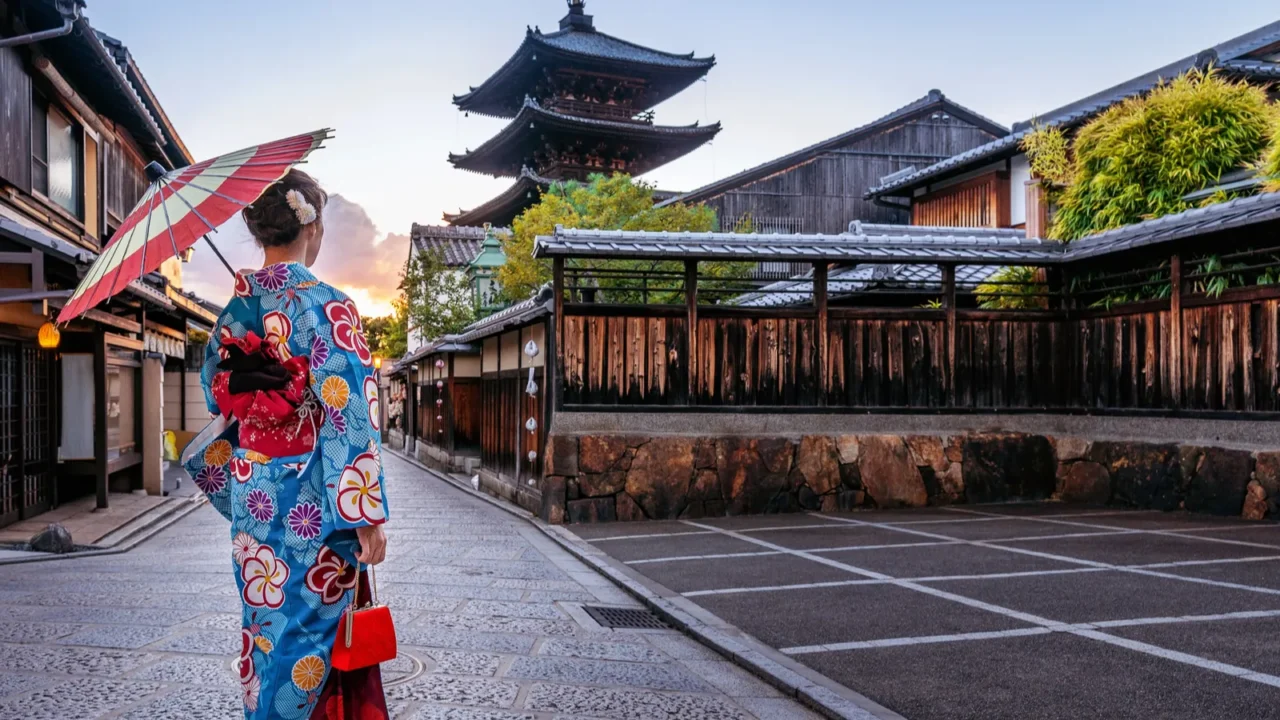
Kyoto’s bold new tourist tax
Starting March 1, 2026, Kyoto will roll out Japan’s highest-ever tourist tax, soaring by up to 900%. Luxury travelers could pay as much as ¥10,000 (around $68) per person, per night.
The move aims to tackle overtourism that’s overwhelmed the city’s streets, buses, and ancient landmarks, creating a major shift in how Japan manages travel crowds.
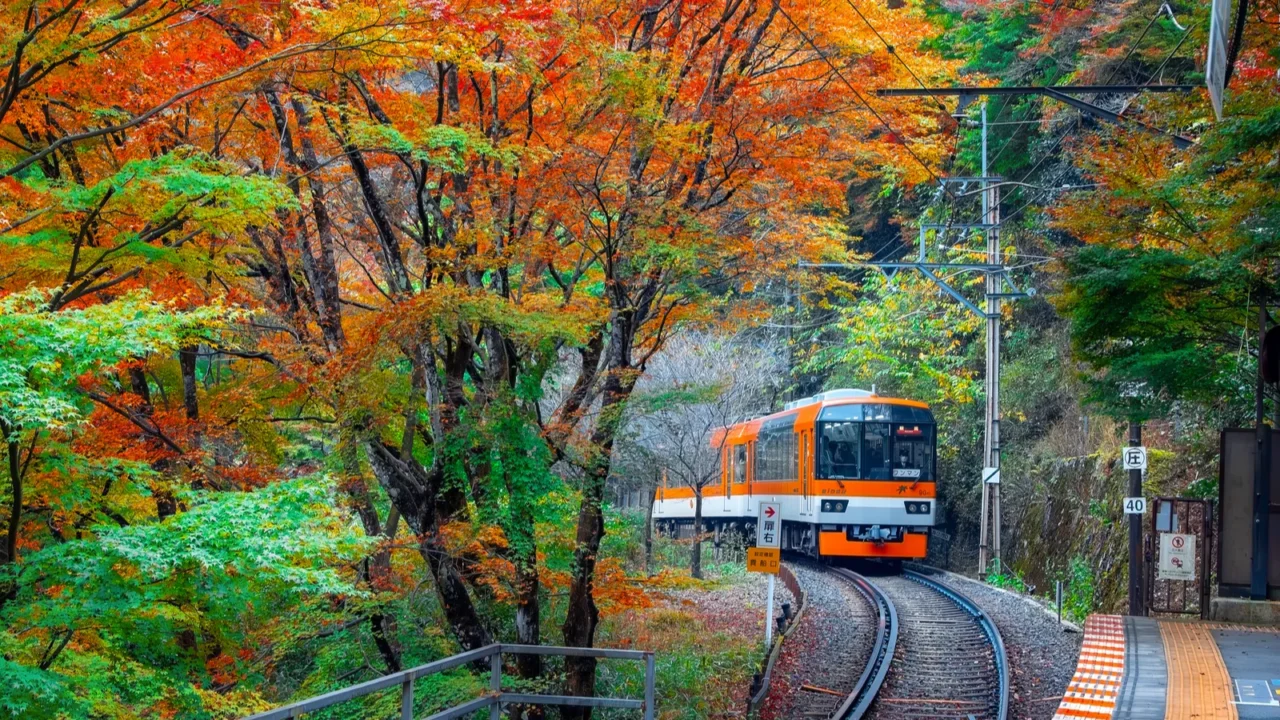
A city loved to its limits
Kyoto welcomed a record 10.88 million international visitors in 2024. Temples, geisha districts, and scenic lanes overflowed with tourists eager to capture Japan’s cultural heart.
For locals, the crowds became too much. Traffic jams, packed trains, and long lines began affecting everyday life in one of Japan’s calmest cities.

Why Kyoto said ‘enough’
Officials say the tax increase is a necessary step to protect Kyoto’s charm. The new revenue will fund city maintenance, cultural site preservation, and crowd-control efforts.
Rather than discouraging travel, the city hopes to attract more mindful visitors who respect its traditions and slower pace. The initiative also aims to promote “quality over quantity” tourism to ease strain on local life.

How the new system works
Kyoto’s new accommodation tax is tiered by hotel price. Budget travelers pay ¥200 per night, while those staying at luxury hotels over ¥100,000 ($665) face the full ¥10,000 tax.
It’s a progressive approach meant to balance fairness, lighter for budget tourists, heavier for high-end stays that often strain local resources the most. The system mirrors global models seen in cities like Venice and Barcelona.
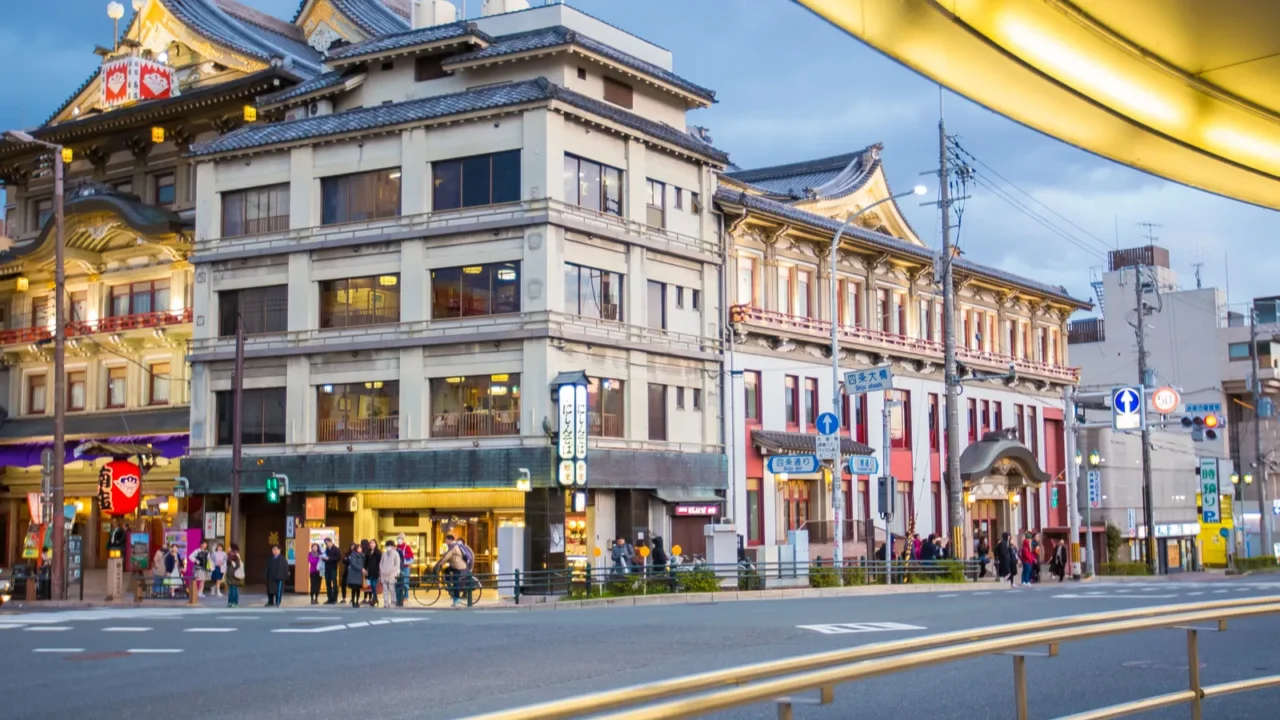
Luxury hotels see big impact
For visitors used to Kyoto’s top-tier ryokans and five-star stays, the new charge adds up quickly. A couple spending three nights in a luxury suite may owe nearly $400 in taxes alone.
These travelers are the main focus of the new rule, as the city hopes their contributions will help offset tourism’s growing footprint. Some luxury hotels are already preparing special packages to absorb part of the added cost.
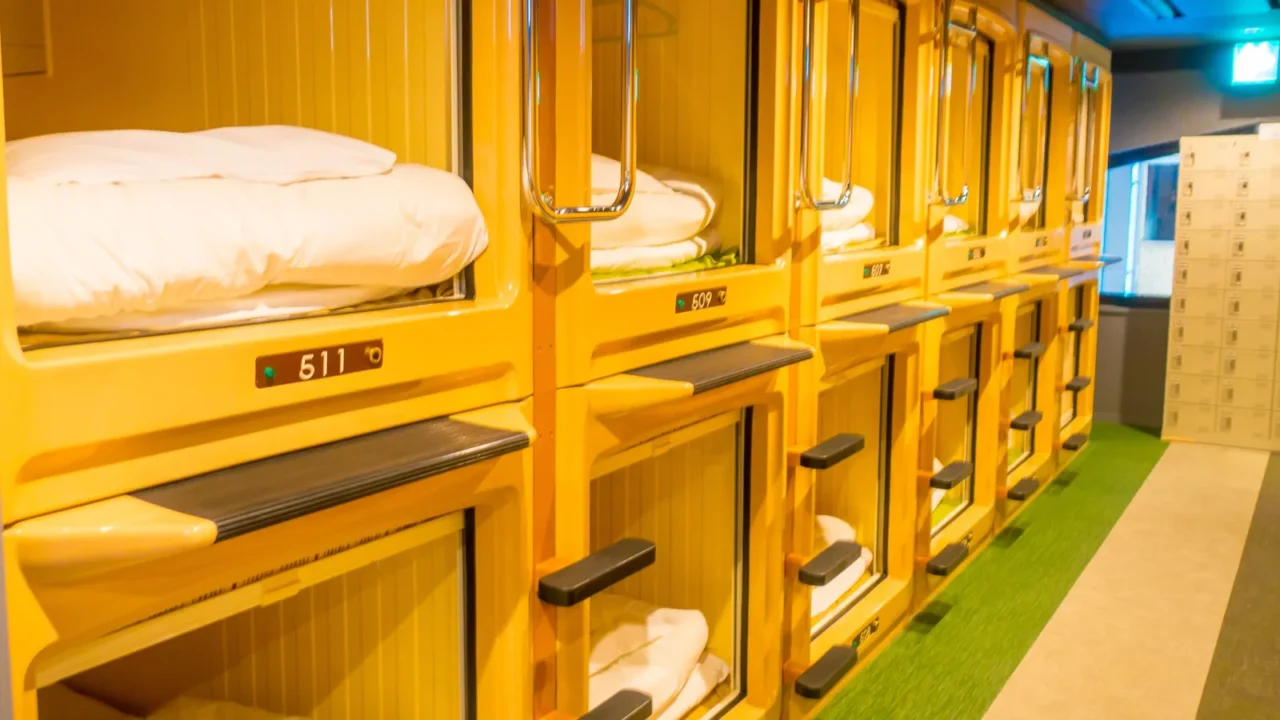
Budget travelers barely feel it
Good news for backpackers and budget visitors, taxes on lower-priced stays barely change. Guesthouses, capsule hotels, and hostels remain accessible for those exploring Japan on a tighter budget.
Officials wanted to make sure Kyoto stays welcoming to students and cultural travelers who bring curiosity, not chaos. Budget tourism still makes up a significant share of Kyoto’s visitor base, keeping the city globally inclusive.
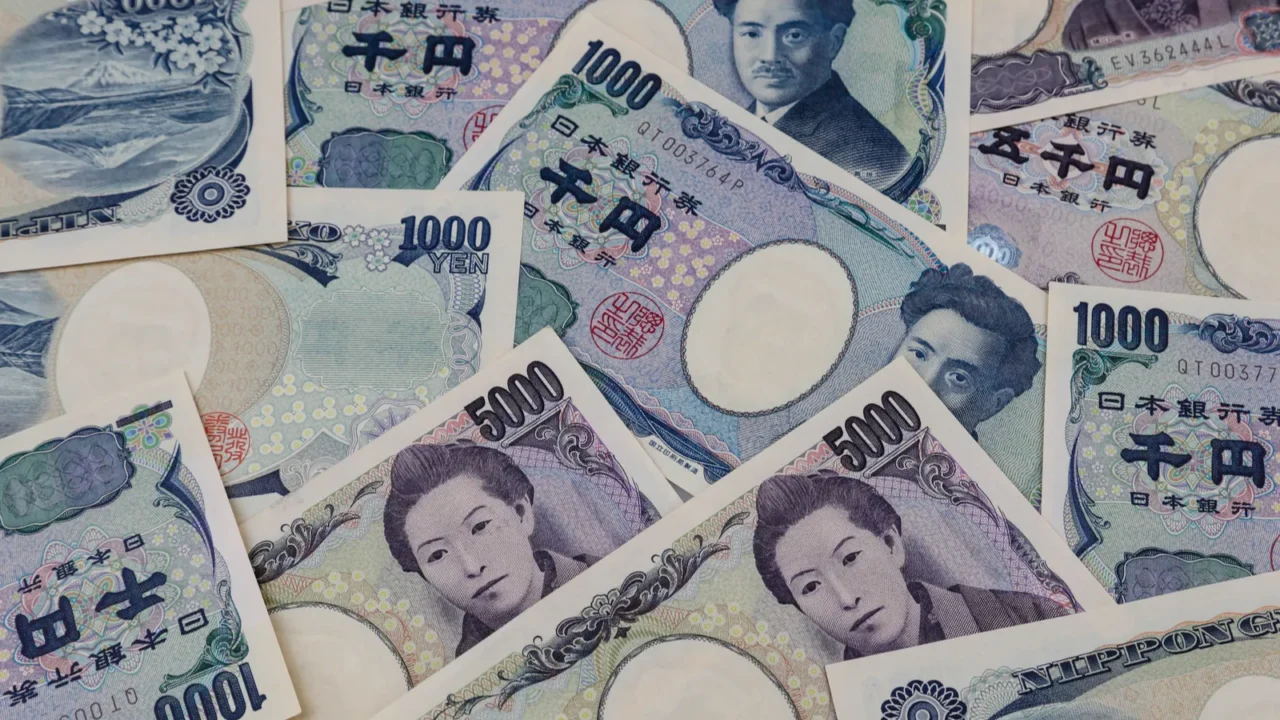
The numbers behind the hike
The top rate jumps from ¥1,000 to ¥10,000, while mid-range hotels see smaller increases. Taxes will now better reflect what each traveler spends per night.
The city expects to collect millions in new revenue annually, funding upgrades to transport systems, waste management, and tourist guidance signs. Officials project nearly ¥9 billion (about $60 million) could be raised in the first year alone.
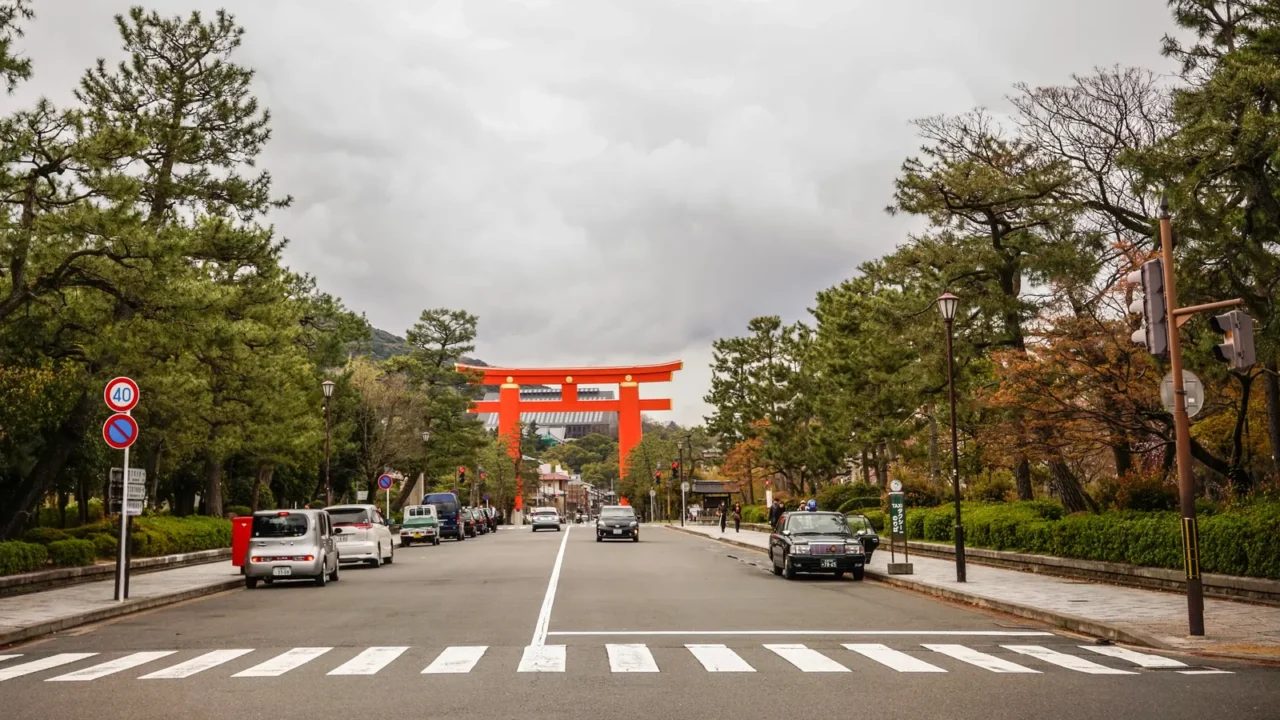
Battling overtourism head-on
Overtourism isn’t just about crowds, it’s about preserving culture. Kyoto’s narrow streets and historic alleys weren’t built for millions of visitors at once.
The tax will help spread tourist traffic throughout the year and encourage longer, more meaningful stays rather than quick photo-stop visits. By reducing congestion, the city hopes to restore peace to neighborhoods like Gion and Arashiyama.
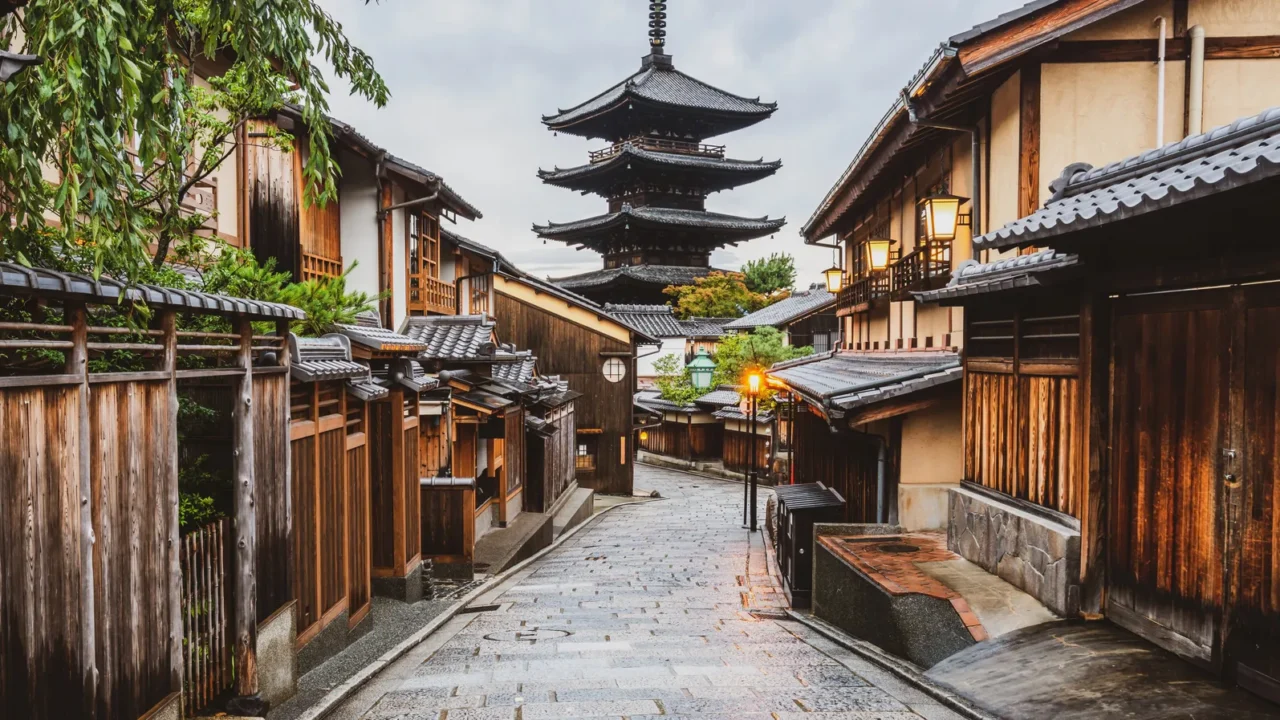
Residents call for balance
Many Kyoto residents support the tax, saying it finally gives the city a tool to reinvest in local needs. Crowds had made simple routines, like grocery shopping or catching a bus, stressful.
For them, tourism is welcome, but sustainability matters more. The tax aims to restore a livable balance between locals and visitors. Resident associations are also helping guide where the new revenue will be used.
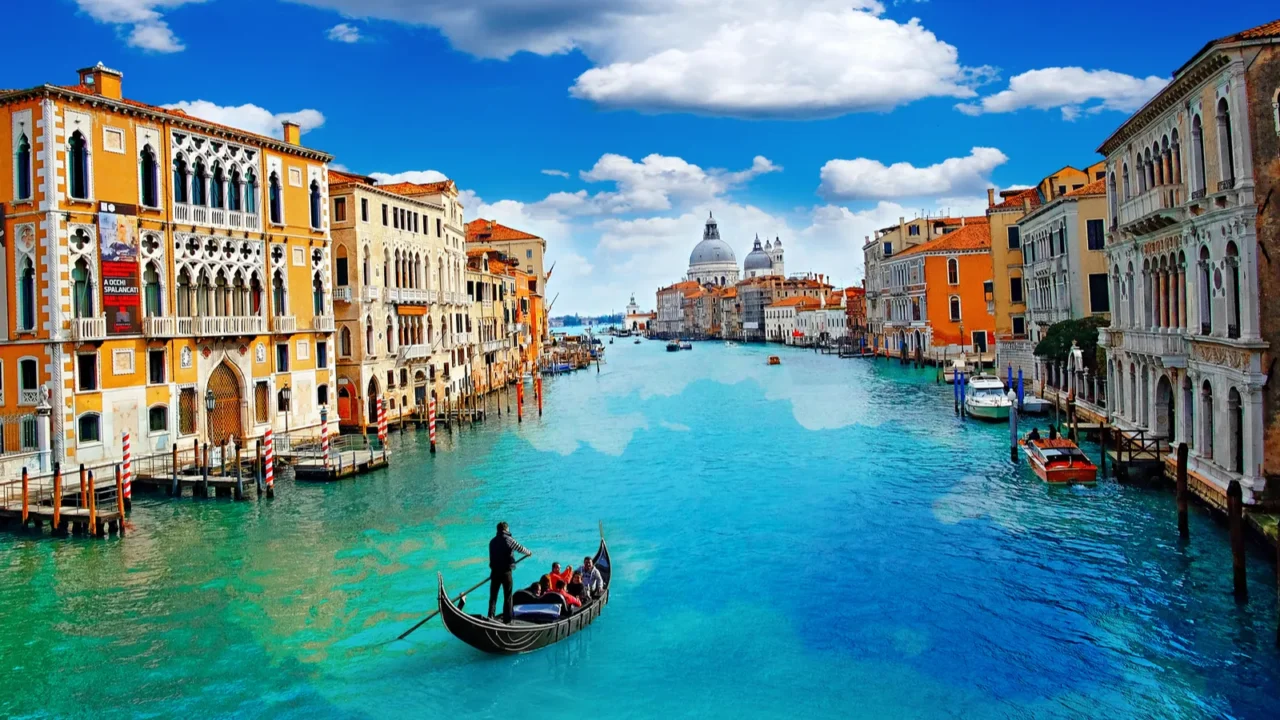
A model for other cities
Japan isn’t alone in tackling overtourism. Cities like Venice and Amsterdam have launched similar taxes to control visitor numbers and protect heritage sites.
Kyoto’s decision could inspire other Asian destinations to follow suit, prioritizing preservation over mass tourism. Tokyo and Nara are reportedly watching the outcome closely to consider similar policies.
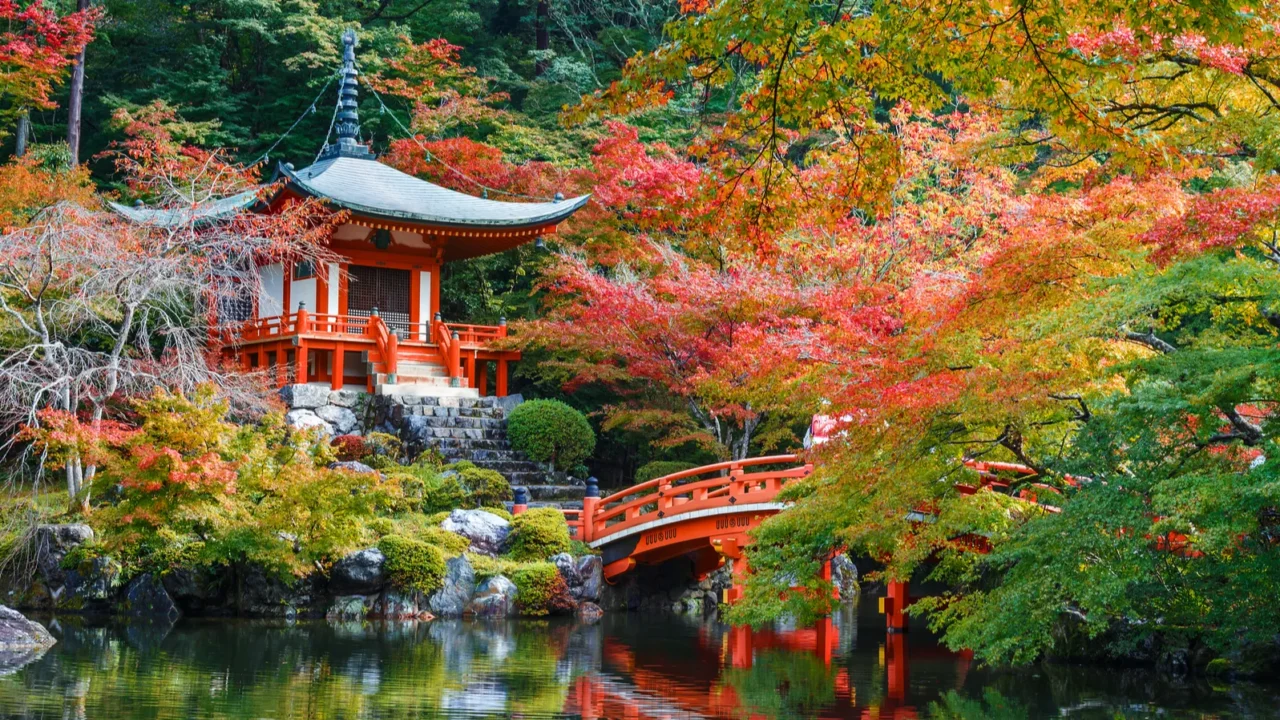
Cultural preservation at stake
Kyoto’s 1,600 temples, 400 shrines, and centuries-old tea houses face constant wear from heavy tourism. Restoration costs continue to climb every year.
City leaders hope the new funds will protect fragile wooden structures, gardens, and sacred spaces that define Kyoto’s spiritual identity. The tax will also support training local artisans who specialize in historic restoration techniques.
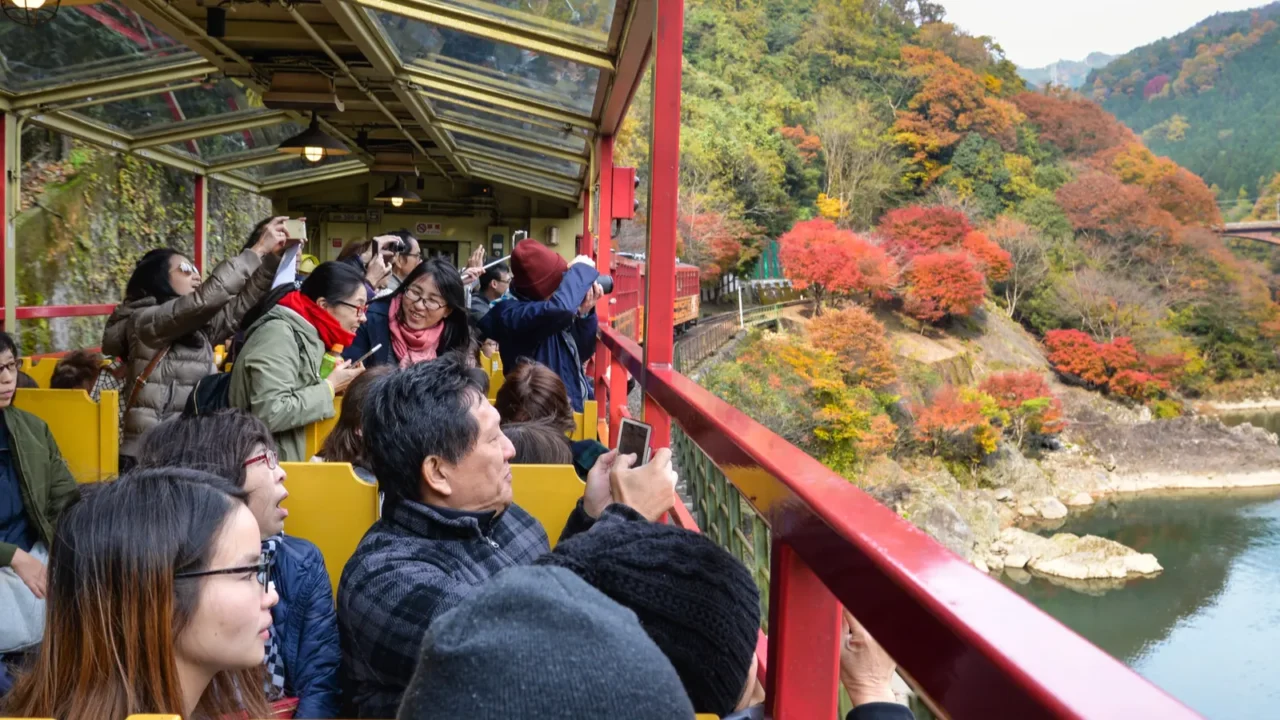
Encouraging mindful travel
The tax is meant to remind visitors that tourism is a shared responsibility. Paying a little more supports the very culture that draws millions in the first place.
Kyoto’s leaders believe mindful travelers will see this not as a burden but as a contribution to the city’s long-term well-being. This shift reflects Japan’s broader push toward responsible, low-impact travel.
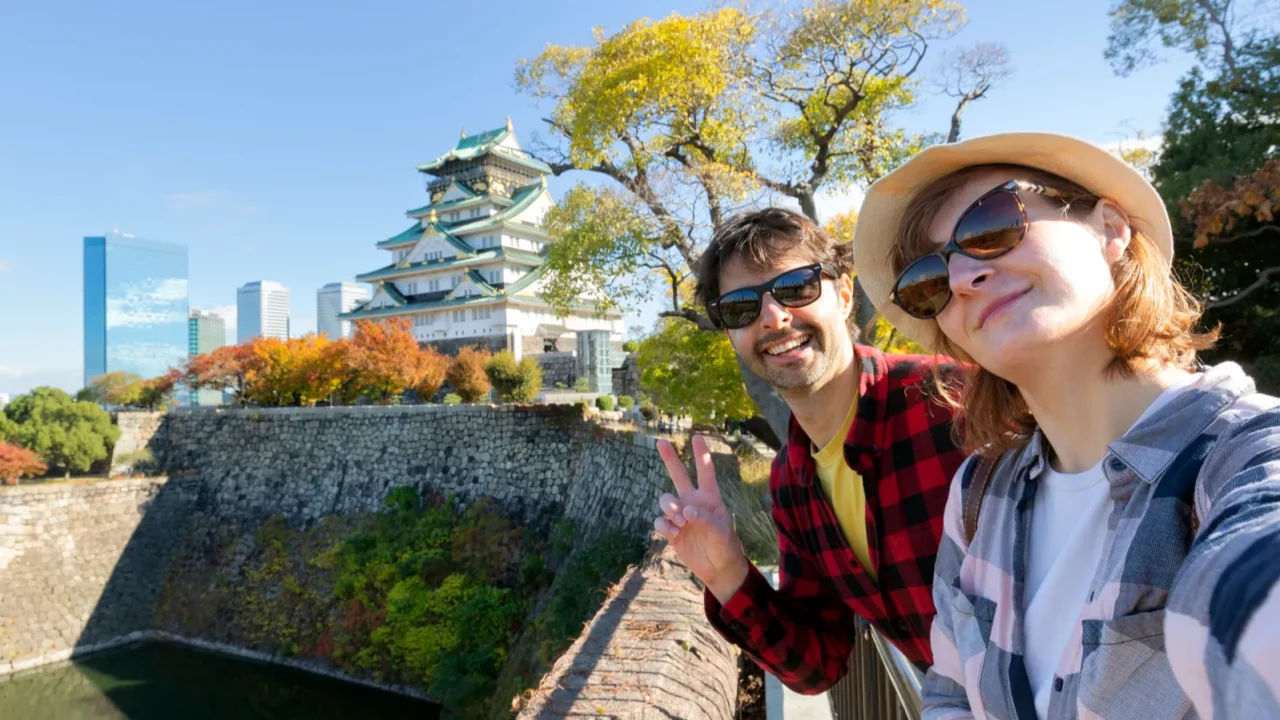
How travelers are reacting
Some travelers say the increase won’t stop them; Kyoto’s beauty is worth every yen. Others may shorten stays or choose nearby cities like Osaka or Nara.
Travel experts predict the tax will shift visitor behavior, with more people visiting during off-peak months to avoid high-season congestion.
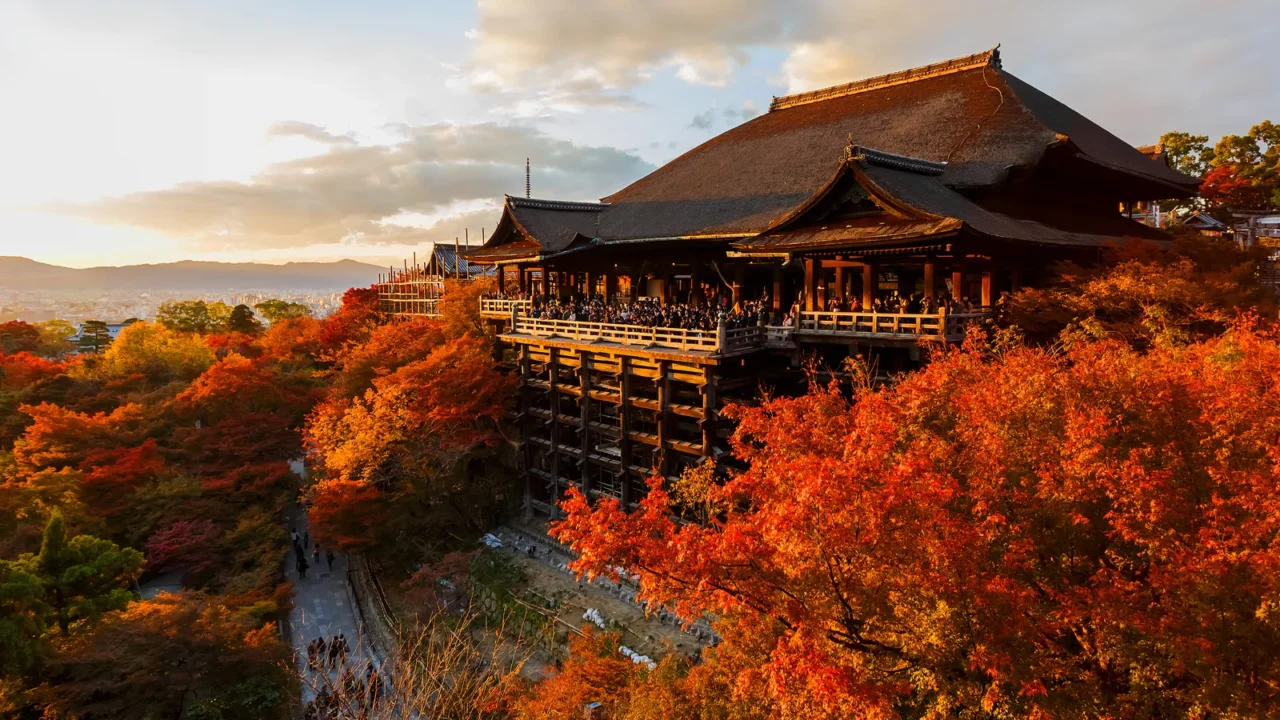
Kyoto’s timeless appeal
Despite the higher costs, Kyoto remains Japan’s cultural jewel. The Golden Pavilion, Fushimi Inari’s red gates, and Arashiyama’s bamboo forest still enchant travelers year-round.
The city’s quiet balance of nature, art, and spirituality continues to make it one of the world’s most meaningful destinations. Many travelers say Kyoto’s emotional and spiritual depth makes any added cost worth it.
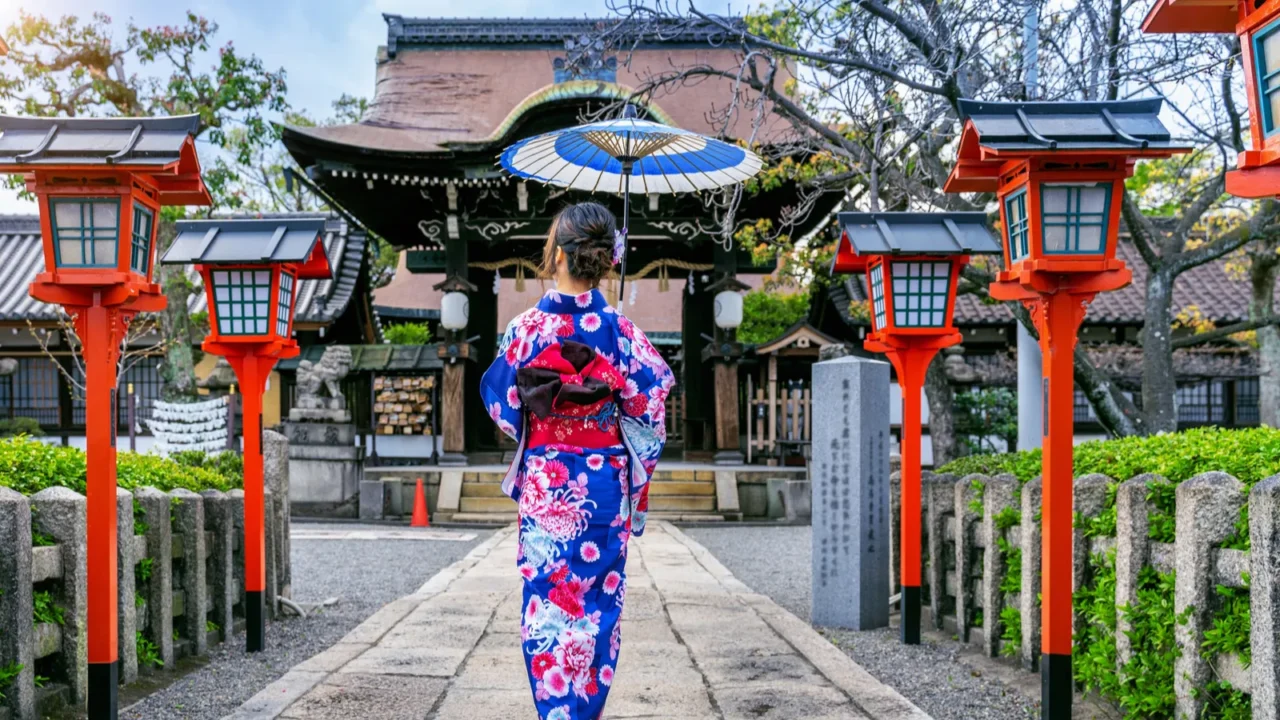
Ranked among the world’s best
Kyoto ranked third globally in the 2025 Yanolja Attractiveness Index, right behind Osaka and Paris. This ranking measures emotional and cultural appeal, not just sightseeing value.
Its global prestige proves that travelers continue to seek authenticity, tradition, and calm in a world that moves too fast. Experts say Kyoto’s steady top ranking reflects Japan’s strong identity in global tourism. Apart from Kyoto, here are breathtaking spots in mainland Japan every traveler should see during their Japan trip.

Paying more for something priceless
Kyoto’s 900% tax increase may sound steep, but it comes from love, a wish to protect a living masterpiece from overuse. Every yen helps preserve something irreplaceable.
For travelers who value culture, history, and respect for place, Kyoto remains not just a destination, but an experience worth supporting. The tax turns every visitor into a small guardian of Japan’s most treasured city.
Ready to explore Japan? Discover the 20 irresistible reasons why it’s a must-visit destination for every traveler.
Would this new tax change how you plan your Japan trip? Share your thoughts in the comments.
Read More From This Brand:
- Discover Japan’s untouched island full of temples, local food, and coastal magic
- Best budget-friendly cities in Europe for 2025
- Top extravagant luxury hotels around the world
Don’t forget to follow us for more exclusive content right here on MSN.
This slideshow was made with AI assistance and human editing.